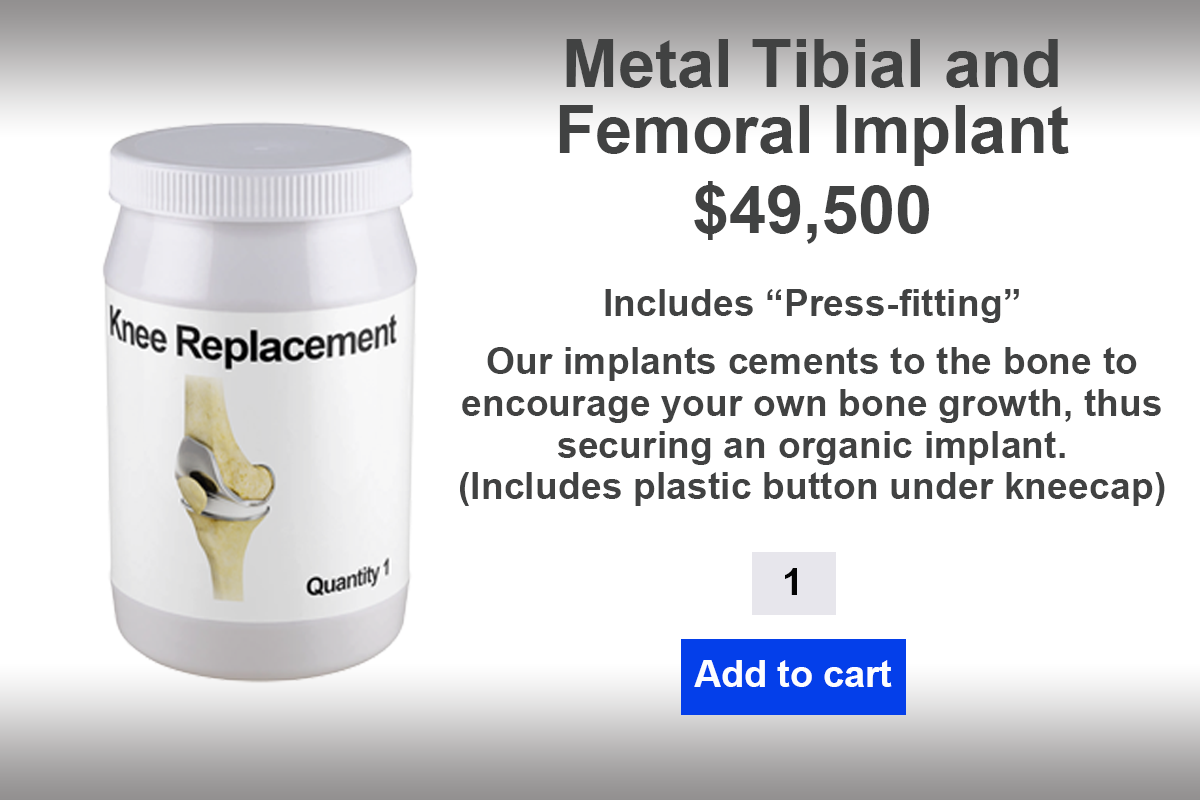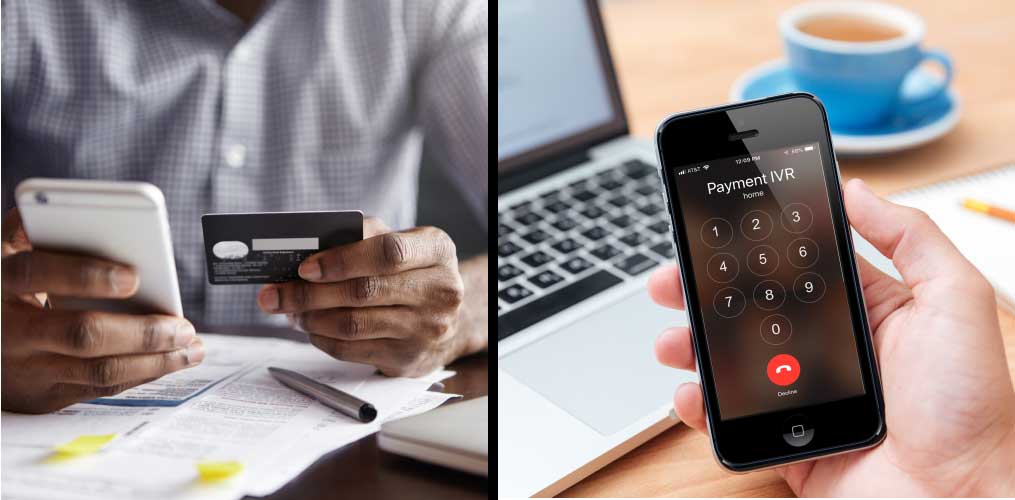STATEMENTS | 10 MIN READ
2019: The Year Healthcare Providers Finally Start Taking Consumerism Seriously

Written by Michael Wise
Unlike previous years, this HIMSS conference year showcased a heightened sense of urgency to embrace technology that can adapt to consumerism in healthcare. For many, the fear of not making a change was greater than the fear of change itself.
Why? Because patients are now evaluating a hospital, clinic or physician’s office based on the quality of their entire experience—including the front office or extended billing office.
After comparing notes with all the members of our group, there seemed to be two themes echoed by healthcare organizations and technology vendors—both involving consumerism in healthcare.


Why are these observations important to you?
For patients, the benefit isn’t immediately noticeable—account numbers or unique access codes will require a patient to find their statement in order to pull up their records. However, when used properly, unique access codes can be used to shape and refine the consumer experience by catering to their preferred communication and payment preferences. Here are some benefits that a medical communnication software solution could offer:
When making a payment

- The ability to pay over the phone after normal business hours
- Not just the ability to pay online, but pay through a site that is mobile responsive
- Flexible payment plans they can set up themselves
- Have payment receipts emailed
- If a prompt pay or lump sum discount is offered, the ability to negotiate and settle their responsibility online (at a time and manner most comfortable to them)
- An online portal that allows them to see past statements and payment history, as well as update CC info, communication preferences, and personal information
Making contact or attempting to reach the billing office…

- The agent or associate having the ability to send relevant information or reminders by email or text
- Receive billing statements that clearly show all available payment options and information needed to access their account
- When being transferred between associates or departments, only having to provide account information to an associate or IVR once
- When calling during business hours, having the option to quickly check balances or make a payment without speaking to anyone or waiting on hold
- When calling after business hours, having the option to access account information and make a payment
- A paperless billing option where mailed statements are replaced by email notifications with links to view online
- The ability to quickly have commonly asked questions answered through chat or two-way SMS messaging
- Include QR Codes on mailed statements to access payment sites quickly using a mobile device—and if possible—have the code pre-fill their account number for the ultimate consumer convenience.

More News from HIMSS19
Want to know more?
Whether you’re looking to upgrade one part of your billing process or the whole enchilada, we can help!
Resources
Related Articles & Blogs
Key Takeaways From ACA’s 2022 Annual Convention
Self-service, or digital collections, has moved beyond just a set of buzzwords in the ARM industry to become a major shift in operational strategy. High employee turnover and a difficult labor market has also forced many businesses to approach collections differently.
Your Updated 2022 Tax Season Collection Strategy Playbook
Tax season provides a unique opportunity to reach consumers at a time when they may be considering using a tax refund to resolve a past due debt or remove a negative account from their credit. Here’s a guide to help you reevaluate this year’s strategy.
What is Stealth Messaging or Ringless Voicemail Drops?
Stealth messaging is a technology that bypasses a consumer’s mobile phone device to place a recorded audio message directly in their voicemail inbox. This delivery method means the consumer’s phone doesn’t “ring”, but they receive a notification of a new voicemail message.



